Tips for Storing Fruits and Vegetables
Proper storage of fruits and vegetables is essential to maintain their freshness, flavor, and nutritional value. Food storage is an important part of our everyday lives. Whether we’re looking for longer storage options for emergencies or we’re just looking for general guidelines on storing food, every tip is important. A general rule for fresh produce is to store it properly to help maintain the freshness we all want. Below are some tips to help you store your fruits and vegetables effectively.
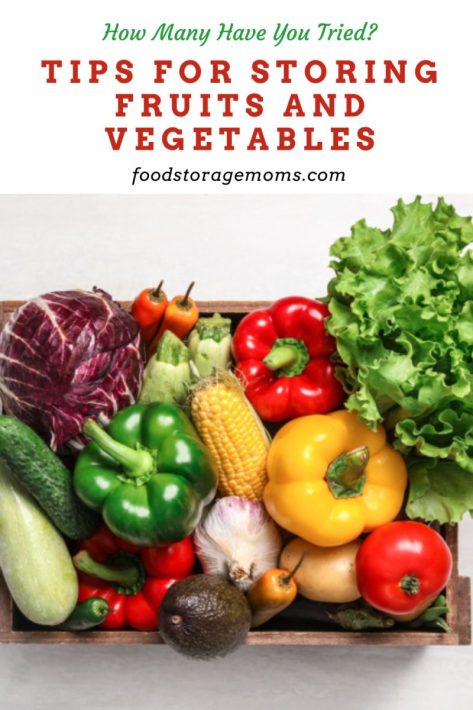
Understand the Nature of Your Produce
Different fruits and vegetables have different storage requirements. Some need to be stored in the refrigerator, while others should be kept at room temperature on the counter or in the pantry where they can be watched. For example, tomatoes, bananas, potatoes, onions, and garlic should not be refrigerated as that can adversely change their flavor and texture.
On the other hand, leafy greens, berries, and cut fruits and vegetables should be refrigerated to maintain their freshness. So, the next time you’re at the Farmers Market, pick up the produce you want and bring it home to start the cleaning and storing process!
Use the Crisper Drawer
The crisper drawer in your fridge is designed to maintain a humid environment, which is ideal for most fruits and vegetables. However, some produce, such as apples and pears, emit ethylene producing gas, which can cause other fruits and vegetables to ripen and spoil more rapidly.
Therefore, it’s best to store ethylene-producing fruits in a separate crisper drawer from other produce if you can. That produce drawer is a great way to store vegetables and to store fruits, but make sure you’re putting the right produce in there together!
Don’t Overcrowd Your Fridge
Overcrowding your fridge can lead to poor air circulation and uneven cooling, which can cause your fruits and vegetables to spoil faster. Try to arrange your produce in a single layer and give them some space to breathe. Fresh foods are great, but if you add too many to the fridge, everything can go bad quicker. 13 Tips for Saving Money on Your Electric Bill
Store Cut Fruits and Vegetables Properly
Once fruits and vegetables are cut, they are more susceptible to spoilage. To prolong their shelf life, store them in an airtight container in the refrigerator. It’s also a good idea to squeeze some lemon juice on cut fruits like apples and pears to prevent them from browning.
I like to use airtight containers, plastic wrap, quality zip-top bags, or even a mason jar for storing cut fruits and vegetables! 15 Valuable Skills I Learned In Home Economics
Use Paper Bags, Cloth Bags, or Newspaper
Storing fruits and vegetables in plastic bags can trap moisture and speed up the decay process. Instead, use paper bags, cloth bags, or newspapers. These materials help absorb excess moisture and keep your produce fresh for a longer period. 12 Ways Preppers Can Use Old Newspapers
I need to put in that Ray taught me the trick about placing our celery in tin foil or aluminum foil and it stays fresher much longer. It works!
Keep Root Vegetables in a Cool Place
A good rule of thumb is that root vegetables like potatoes, onions, and garlic prefer cool, dark, and dry places, particularly out of direct sunlight. A basement pantry or root cellar would be ideal. Remember not to store potatoes and onions together as the gases they emit can cause each other to decay faster. Storing root vegetables in warmer temperatures can backfire and make them spoil faster. Easy Vegetables Anyone Can Grow
- What Every Prepper Should Know About Storing Potatoes
- Carrots: Everything You Need to Know
- Onions: Everything You Need to Know
Wash Berries Only Before Eating
Berries are delicate and can easily get moldy when wet. To keep them fresh longer, only wash them right before you’re ready to eat them. Fresh berries are delicious, but you should always wash them off prior to eating. When buying raspberries, but sure to check for mold since they tend to attract mold spores faster than many berry varieties.
- Strawberries: Everything You Need to Know
- Blueberries: Everything You Need to Know
- Raspberries: Everything You Need to Know
Wrap Leafy Greens in Paper Towels
Leafy greens like lettuce and spinach tend to wilt quickly. To keep them fresh, wrap them in paper towels, which will help absorb the excess moisture and prevent them from wilting. A moist paper towel can do a lot for leafy greens! 6 Paper Products For Survival-How I Store Mine
Practice First-In, First-Out
Always try to use the oldest fruits and vegetables first. This practice, often referred to as “first-in, first-out,” helps ensure that nothing goes to waste. This is an important rule for vegetable storage. Understanding Expiration Dates on Food
An important routine is to keep the oldest fruits and veggies toward the front and in view. If wrapped in paper you can put the date of purchase, and if you have labels, use those to mark dates on jars and plastic containers.
Regularly Check Your Produce
Make it a habit to regularly check your fruits and vegetables for signs of spoiling. Remove any rotten produce immediately to prevent it from affecting others. Food spoilage is no fun, which is why you need to make sure you are checking on it as often as possible! You can avoid produce rot by checking on your produce often. Best Times to Purchase Produce By Month
It is amazing how much food waste takes place in homes across America. Be prudent in what you buy so it can be used in a reasonable timeframe, and use menus to plan meals around what you’ve bought and what is still available in the fridge or other storage areas.
More Tips for Storing Fruits and Vegetables
- Use a clean kitchen towel for drying off produce after washing, feel free to pat dry!
- Make sure you are storing fruit in optimum storage temperatures. Low temperatures can cause some produce to go bad quickly.
- Using reusable silicone bags is a great way to avoid even more waste.
Should you wash fruits and vegetables before storing them?
It’s generally recommended to wait and wash fruits and vegetables just before you’re ready to eat them directly (raw) or use them in things like casseroles. The reason for this is that moisture can encourage the growth of bacteria and mold, leading to faster spoilage. However, there’s an exception for produce with a lot of visible dirt or for those that are particularly hardy, like potatoes and carrots.
These can be washed before storage, but they should be thoroughly dried to prevent excess moisture from causing decay. Always ensure to wash all fruits and vegetables under running water before eating, even if you plan to peel them, to remove any potential bacteria or pesticides.
What containers keep vegetables fresh longer?
- Glass Containers – Glass containers, especially those with airtight lids, are excellent for storing vegetables. They’re non-reactive, meaning they won’t interact with the food stored inside, and they don’t hold onto odors or flavors.
- Best Plastic Containers for Food Storage – These are also commonly used to store vegetables. However, it’s best to use BPA-free plastic containers to avoid potential health risks.
- Green Bags – Green bags or produce savers are designed specifically for storing fruits and vegetables. They work by absorbing the ethylene gas that accelerates ripening, thus prolonging the life of your produce.
- Silicone Food Storage Bags – These reusable bags are an eco-friendly alternative to single-use plastic bags. They’re airtight and can be used in the fridge or freezer.
- Ventilated Containers – Some vegetables benefit from a bit of airflow. Ventilated containers have small holes or vents that allow air to circulate, which can help prevent spoilage.
- Produce Crisper Drawers – Many refrigerators come with crisper drawers designed to keep fruits and vegetables fresh. These drawers often have humidity controls that can be adjusted based on what you’re storing. See the crisper dialogue above.
- Herb Keepers – These are specially designed containers for storing herbs. They allow the stems to sit in the water while keeping the leaves dry, which helps prolong their freshness.
What to Plant
- What to Plant in January
- What To Plant In February
- What To Plant In March
- What To Plant In April
- What To Plant In May
- What To Plant In June
- What To Plant In July
Final Word
Proper storage of fruits and vegetables can extend their shelf life and preserve their taste and nutritional value. By following these tips, you can enjoy fresh and delicious produce while reducing food waste. I have saved us a lot of money over the years by actually storing fruits and vegetables properly. If you have questions about specific items, go online for hints since there is a lot of information available online. May God Bless this World, Linda
Copyright Images: Vegetables Depositphotos_174531276_S, Vegetables in Crate Depositphotos_291425430_S

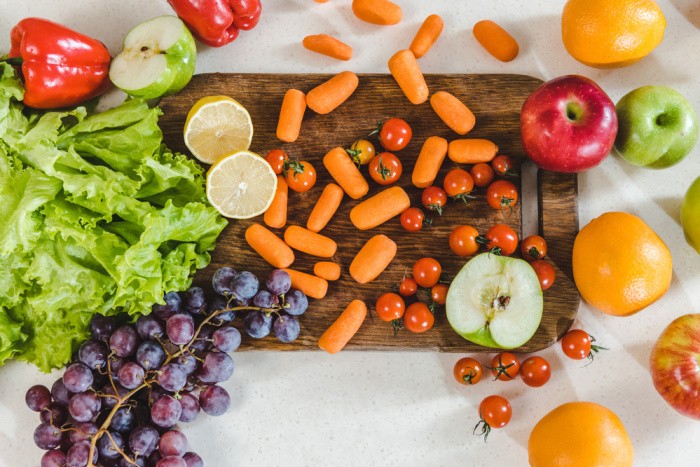

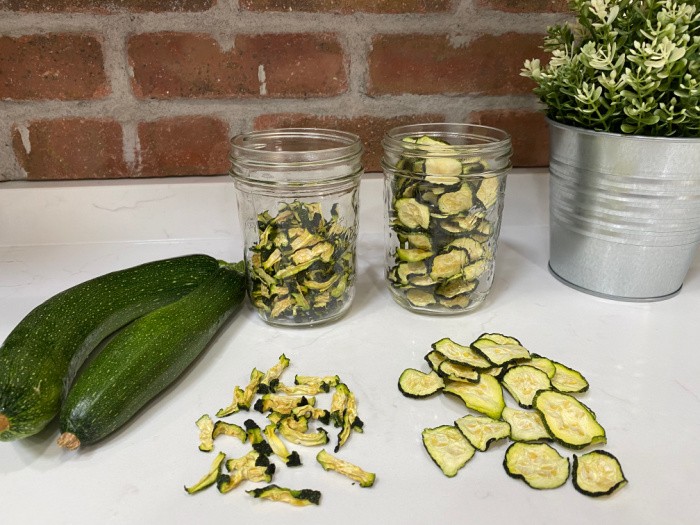
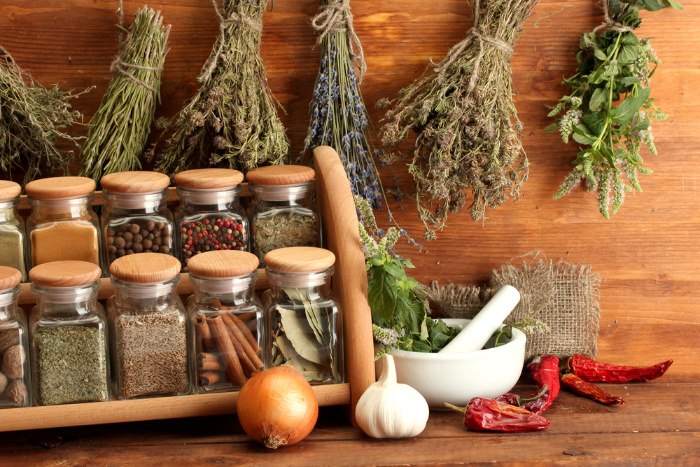
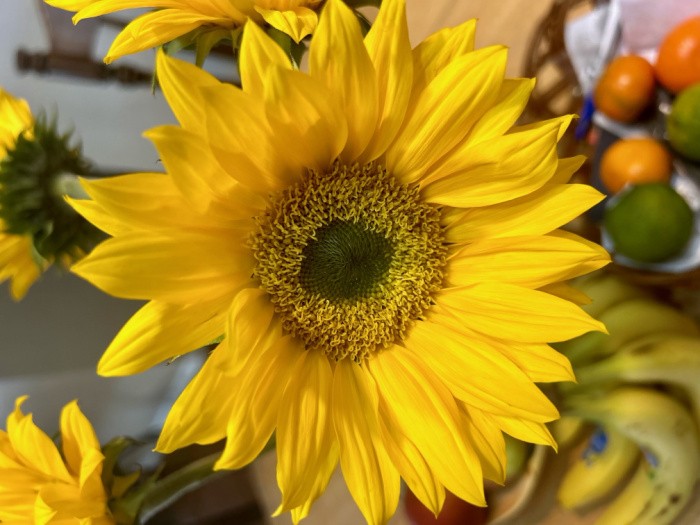
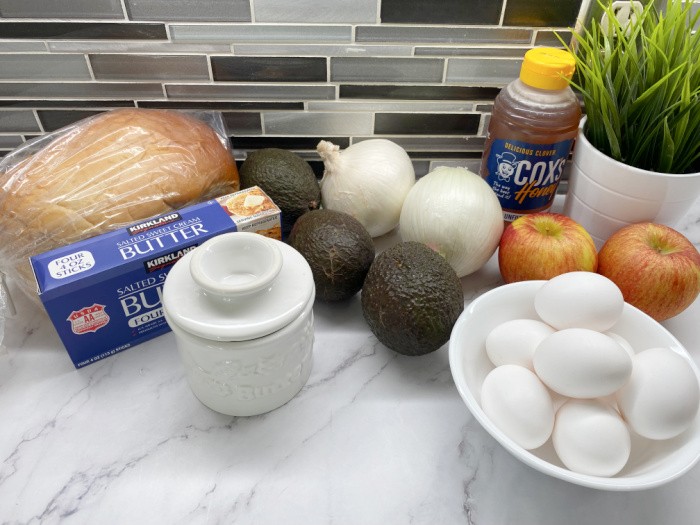
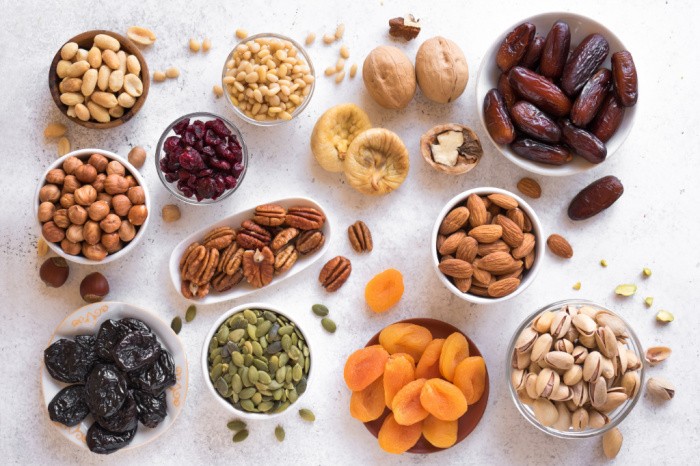
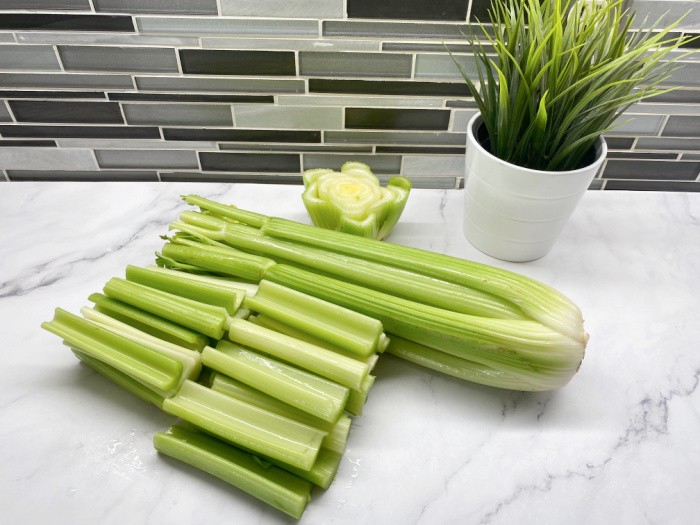













Linda,
Just a reminder that tinfoil wrapped around celery keeps it fresh longer than any other storage method I’ve tried. I have tall plastic containers that I used to use–cut of the celery base and any part of the top that won’t fit then put the celery in the container and fill it with cold water. Worked pretty well, but not as well as tinfoil.
Hi Ray, oh I forgot to add that tip. I started doing the foil and it makes all the difference in my celery staying fresher. Thanks for the reminder. I’ve been in California for a week (my grandson got married) squeal! I was trying to balance attending 5 days of activities with blogging but we sure had a great time. This grandma loves that guy. I bought him an Atari when he was 2-1/2 years old or whatever the brand was. I would sit on the end of his bed and watch that little guy pick it up and run! Life is so good! I had to share that with you! Linda
LOVE this! I have a hard time keeping my fruits and vegetables fresh. These tips will help so much, thank you!
Hi Jessica, thank you, we need to be able to preserve the food we buy even more now with the prices they are! Linda